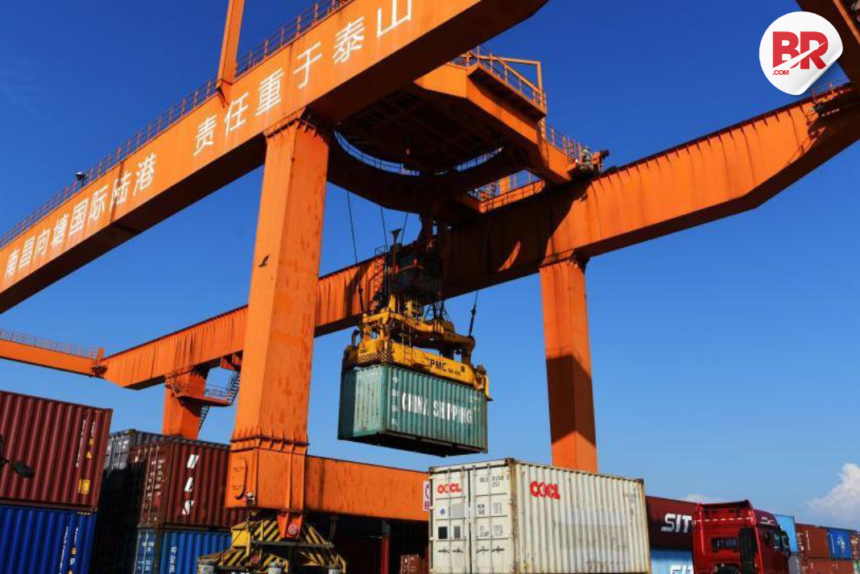
The trade war is back—and this time, it’s hitting allies.
U.S. President Donald Trump has slapped 25% tariffs on goods from Japan and South Korea, starting August 1. These are not just any countries—they’re close U.S. partners. But that didn’t stop Trump from going full throttle in his fight over trade.

This shock move has rattled Wall Street. The S&P 500 dropped nearly 0.8%. But Asian markets, surprisingly, stayed calm. Japan’s Nikkei and South Korea’s stocks even bounced back a bit.
Letters, Deadlines, and a 25% Punch
Trump sent letters to 14 countries, warning of tariff hikes. Japan and South Korea were on the top of that list. He made it clear—if they try to strike back, the U.S. will double down.
“If you raise tariffs, we’ll add that number to our 25%,” Trump said on his Truth Social post.
So far, only two countries—Britain and Vietnam—have reached deals. The rest are rushing to avoid the August 1 cutoff.
Trump did give a small extension, signing an order to delay the talks deadline until August 1. But when asked if that date is final, he said it’s “firm, but not 100% firm.” That means there’s still some wiggle room.
What Japan and South Korea Said
Japan’s Prime Minister Shigeru Ishiba said talks are ongoing. The U.S. has offered to renegotiate, depending on Japan’s response. South Korea is also planning new rounds of talks and sees the new deadline as a grace period.
Smaller Countries, Bigger Worries
It’s not just big players in the mix. Countries like Thailand, Bangladesh, Indonesia, and Tunisia are also on the list. Some will face even higher tariffs—up to 40% for places like Laos and Myanmar.
Many are trying to negotiate fast or prepare backup plans. South Africa called the 30% tariff “unfair,” while Malaysia said talks were still the best way forward.
Markets on Edge
The U.S. stock market dipped, but global reactions were mixed. Experts warn of more market shocks in the days ahead as letters roll out and deals are made—or not.
“Expect more volatility,” said Tapas Strickland from National Australia Bank.
Meanwhile, China is watching closely. With its own August 12 deadline, Beijing warned the U.S. not to push too hard—or face retaliation.
Also Read Trump Slams Bangladesh with 35% Tariff, Indian Textile Stocks Surge












